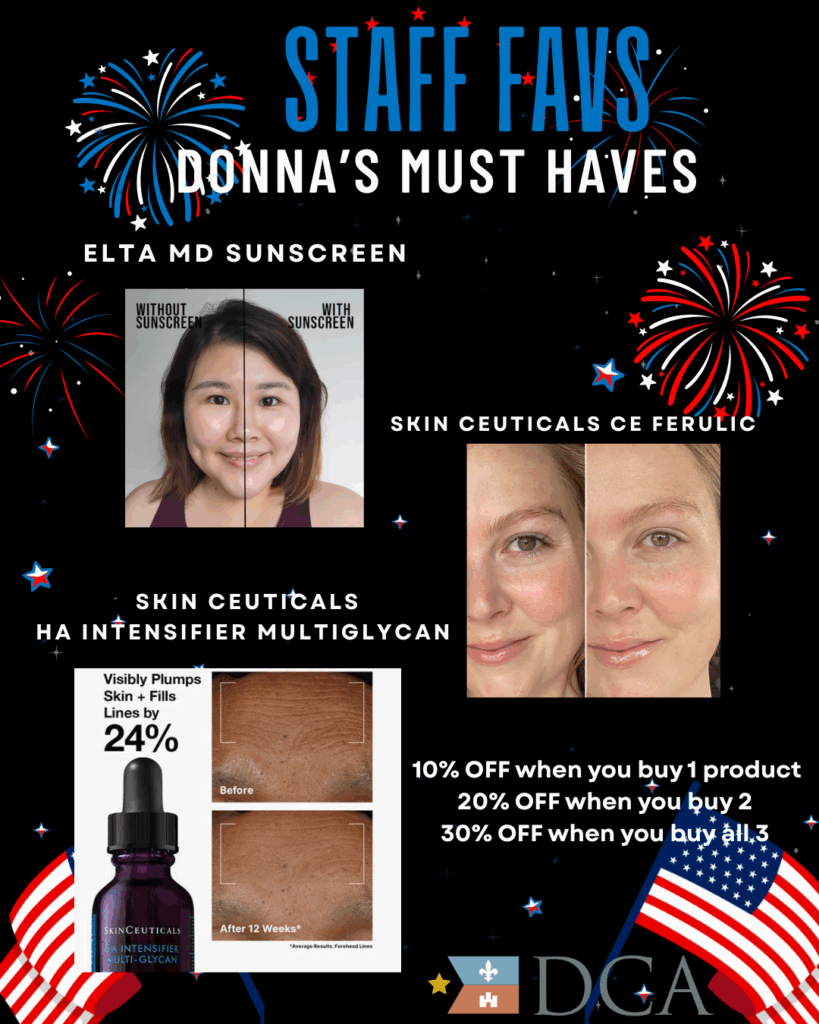Mole removal can be undertaken for testing purposes to check for skin cancer or for cosmetic reasons. Typically mole removal done for testing of suspicious lesions will be covered by most insurance, whereas mole removal for cosmetic reasons typically will not be.
Regardless of why you want to get your mole removed, the process will be relatively similar. The area will be cleaned and a local anesthetic will be injected. The method used to take off a mole depends on many factors. The methods most commonly used for mole removal are:
Shave excision: this is used when the mole is on top of the surface of the skin. The mole is sliced off with a blade, and no stitches are required.
Punch excision: a small tool which has a round blade is applied to the mole and it is pulled out. Usually requires 1-2 stitches.
Surgical excision: Occasionally, surgical excision may be necessary. The number of stitches will depend on mole size.
Talk to your dermatologist about the possibility of scarring, as some areas and types of moles will be more likely to scar than others.
If a mole has recently appeared or seems to have changed over time, then it is highly recommended to get a skin check. Treatments for skin cancer are much more effective when the skin cancer is found early, regardless of what type it is. This prevents the skin cancer from being able to penetrate deeper into the skin or spread to other organs.
Our skin checks include a comprehensive mole check. Even if you have just one you are concerned about, we are happy to check all of your moles so you can rest assured you are not at risk. Early detection is the key to increasing treatment options and success rates, so even if you think there is a possibility of an irregular mole, it is best to schedule a skin check to be sure.
A for Asymmetry: Is one side different from the other?
B for Border: Is the border irregular or poorly defined?
C for Color: Is the color consistent or varied? If it is varied, and includes different shades of tan, black or brown this can be worrisome. Sometimes red, white or blue can also be present which is a warning sign.
D for Diameter: Is it bigger than a pencil eraser (6mm)? If so time to get it checked!
E for Evolving: Is it changing over time? If it is growing or otherwise changing in size, shape or color these are also warning signs.
A mole doesn’t have to be cancerous to be removed. Often times people have a mole in a location that interferes with grooming, rubs on clothes, or bothers them from a cosmetic perspective. While this type of mole removal is generally not covered by insurance, it is surprisingly affordable in most cases. If you are interested in any other cosmetic dermatology treatments make sure to mention them to your dermatologist.
If you have a mole that you would like to discuss having removed, schedule a consultation with one of our board certified dermatologists today to inquire about getting it removed.
